Tar Removing Leading From Member Names
Overview of the Issue
When working with TAR files, it is not uncommon to come across member names that have leading characters. These leading characters can cause issues and may need to be removed in order to properly handle the TAR file. This article will explore the methods to remove leading characters from member names in TAR files, along with potential complications that may arise.
Parsing the TAR file
In order to remove leading characters from member names in a TAR file, it is first necessary to parse the file and identify the member names that have leading characters. This can be done using various programming languages or command line tools that provide TAR file parsing capabilities.
Identifying the member names with leading characters
Once the TAR file is parsed, the next step is to identify the member names that have leading characters. Leading characters are any characters that come before the actual file or directory name. Common examples include slashes (/) or drive letters (C:/) at the beginning of the member names.
Understanding the impact of leading characters
Leading characters in member names can have various impacts depending on the context in which the TAR file is being used. For example, leading slashes (/) in member names may cause issues when extracting the TAR file, as the tool may interpret the slashes as an absolute path rather than a relative one.
Methods to remove leading characters
There are several methods to remove leading characters from member names in TAR files. One common approach is to use regular expressions to match and replace the leading characters. Regular expressions provide a flexible and powerful way to search and manipulate text.
For example, in the case of leading slashes (/), a regular expression like “^/?(.*)” can be used to match and capture the file or directory name without the leading slash. The captured group can then be used to update the member name with the leading slash removed.
Using regular expressions for removal
Regular expressions can be used in various programming languages and command line tools to remove leading characters from member names in TAR files. Some commonly used tools include sed, awk, Python, and Perl.
By applying the appropriate regular expression pattern and replacement, it is possible to remove leading characters from TAR member names efficiently and effectively.
Considering potential complications
While removing leading characters from member names in TAR files can solve many issues, there are potential complications to be aware of. For example, if member names with leading characters are referenced in other parts of the TAR file, removing the leading characters may break these references and lead to issues when using the TAR file.
It is important to thoroughly test the TAR file after removing leading characters to ensure that all dependencies and references are still intact. Additionally, it is recommended to make backups of the original TAR file before making any modifications to mitigate the risk of data loss.
FAQs
1. How can I remove leading slashes (/) from member names in TAR files using the kubectl cp command?
The kubectl cp command does not provide built-in functionality to remove leading slashes from member names in TAR files. However, you can use other tools like sed or awk to achieve this. For example, you could pipe the output of kubectl cp into sed ‘s/^\/\(.*\)/\1/’ to remove the leading slash from member names.
2. Is it possible to remove leading drive letters from member names in TAR files?
Yes, it is possible to remove leading drive letters from member names in TAR files. This can be done using various methods, such as using regular expressions or string manipulation functions in programming languages.
3. What should I do if the TAR file exits with a failure status due to previous errors?
If the TAR file exits with a failure status due to previous errors, it is important to investigate the cause of the errors. This could be related to issues with the TAR file itself, such as corrupted data or incompatible formats. In such cases, it may be necessary to troubleshoot and fix the issues before attempting to remove leading characters from member names.
4. How can I exclude a specific folder from the TAR extraction process?
You can exclude a specific folder from the TAR extraction process by using the –exclude option followed by the folder name. For example, tar –exclude=’foldername’ -xvf filename.tar will exclude the folder named ‘foldername’ from the extraction process.
5. Can TAR remove leading directories automatically during extraction?
Yes, TAR has an option called –strip-components that can be used to automatically remove leading directories during the extraction process. For example, tar –strip-components=1 -xvf filename.tar will remove the first directory component from all member names during extraction.
6. What should I do if I encounter a “Permission denied” error when trying to TAR extract member names?
If you encounter a “Permission denied” error when trying to TAR extract member names, it means that you do not have sufficient permissions to access or extract the specified member names. To resolve this issue, make sure you have the necessary permissions or contact the owner or administrator of the TAR file for assistance.
7. Can the method to remove leading characters be applied to Ubuntu TAR files?
Yes, the method to remove leading characters from member names in TAR files can be applied to Ubuntu TAR files or any other TAR files regardless of the operating system. TAR files are platform-independent and can be handled using the same methods across different operating systems.
In conclusion, removing leading characters from member names in TAR files is essential to ensure smooth and error-free handling of the files. By utilizing regular expressions and other tools, it is possible to remove leading characters efficiently. However, it is important to be aware of potential complications and thoroughly test the modified TAR files to avoid any issues.
How To Overcome Tar: Removing Leading `/’ From Member Names? (3 Solutions!!)
How To Exclude Directory In Tar?
When working with the Linux command line, the “tar” command is a widely used utility for creating and manipulating archival files. When you want to create a tar archive of a directory, you might encounter situations where you need to exclude certain directories from the archive. This article will guide you through the process of excluding directories in tar, providing step-by-step instructions and additional insights.
Understanding Tar and Directory Exclusion
Before diving into the practical steps, it is important to understand the basics of tar and how it handles directory exclusion. “tar” is short for “tape archive,” and it is primarily used for creating and extracting archive files in Unix-like operating systems. By default, when you create a tar archive of a directory, all the files and subdirectories within that directory are included. However, there are cases when you may want to exclude specific directories from the archive.
Excluding a Directory with Tar
To exclude a directory while creating a tar archive, you can use the “–exclude” option that tar provides. This option allows you to specify the name of the directory you wish to exclude. Here’s an example:
tar –exclude=’./directory-to-exclude’ -cvf archive.tar directory-to-archive
In this example, “directory-to-exclude” represents the name of the directory you want to exclude, and “directory-to-archive” represents the name of the directory you want to create an archive of. The “-cvf” options are used to specify the creation of a verbose tar archive file.
By including the “–exclude” option followed by the name of the directory you wish to exclude, tar will exclude that directory from the archive. You can specify multiple directories to exclude by separating them with a space. For instance:
tar –exclude=’./directory1′ –exclude=’./directory2′ -cvf archive.tar directory-to-archive
This will exclude both “directory1” and “directory2” from the tar archive.
Common Use Cases for Directory Exclusion
Now that you know how to exclude directories in tar, let’s take a look at some common use cases where this knowledge can come in handy:
1. Excluding Cache Directories:
When creating a tar archive, it is often unnecessary and sometimes undesirable to include cache directories that can easily be regenerated. By excluding cache directories from the archive, you can save space and reduce the time needed for archiving and extracting.
2. Excluding Log Directories:
Log directories can quickly accumulate large amounts of data, making them unsuitable for inclusion in the archive. By excluding log directories, you can prevent unnecessary duplication of data and reduce the size of the archive.
3. Excluding Temporary Directories:
Temporary directories are often used to store files that are only required temporarily. Excluding these directories from the archive can help keep the archive clean and free from unnecessary files.
FAQs
Q: Can I exclude files or file patterns instead of directories?
A: Yes, just like directories, you can exclude individual files or even file patterns using the “–exclude” option. For example, you can exclude all files with a specific extension by using an asterisk as a wildcard, like “–exclude=’*.txt'”.
Q: Can I exclude multiple directories with a single command?
A: Absolutely! You can exclude multiple directories by providing multiple “–exclude” options, each specifying a separate directory to exclude. Simply separate the options with a space, like ‘–exclude=”./dir1″ –exclude=”./dir2″‘.
Q: Can I exclude subdirectories within a directory?
A: Yes, by specifying the parent directory you want to exclude, tar will exclude all its subdirectories as well. For example, “–exclude=’./parent-dir'” will exclude both the “parent-dir” and all its subdirectories from the archive.
Q: Can I include an excluded directory if needed?
A: Yes, you can include directories that were previously excluded by removing the “–exclude” option for that specific directory or using the “–no-exclude” option followed by the name of the directory you want to include.
In conclusion, being able to exclude directories in tar is a useful skill that can help streamline the creation and management of archive files. By learning how to use the “–exclude” option effectively, you can save time and storage space when working with tar archives. Remember that you can always refer to the tar command’s documentation or use the “-h” option to display the available options and further refine your archiving needs.
What Is Absolute Names In Tar?
When it comes to working with files and directories in a Unix-like operating system, tar (short for tape archiver) is a commonly used tool. Tar enables users to create, manipulate, and extract files and directories from an archive or tape. One concept that often arises while working with tar is absolute names.
In the context of tar, an absolute name refers to a file or directory’s complete path relative to the root directory of the file system. This means that an absolute name starts with a forward slash (/) and includes all the directories leading to the desired file or directory. For instance, “/home/user/documents/file.txt” is an absolute name, where “/home”, “/user”, and “/documents” are directories leading to the file “file.txt” within them.
These absolute names are essential while working with tar because they allow users to specify precise locations of files and directories within the archive or the file system. Tar uses absolute names to identify the exact positions of files or directories that need to be archived or extracted. By doing so, tar makes it possible to preserve the entire file hierarchy and accurately restore it when needed.
Understanding how to use absolute names in tar is crucial to accomplish various tasks efficiently. Let’s explore some commonly asked questions to delve deeper into this topic.
FAQs:
Q: How do I specify absolute paths when creating tar archives?
A: To specify absolute paths when creating tar archives, you simply need to provide the complete path to the file or directory you want to include. For instance, to create an archive of the “/home/user/documents” directory, you can use the command: “tar -cf archive.tar /home/user/documents”. Tar will then collect all the files and directories within the specified absolute path and create the archive accordingly.
Q: Can I use relative paths instead of absolute paths with tar?
A: While tar supports both relative and absolute paths, using absolute paths is recommended when working with the tool. Absolute paths ensure that the files and directories are located precisely as intended, regardless of the current working directory. On the other hand, using relative paths can lead to inconsistent results if the current working directory changes or if the archive is extracted in a different location.
Q: How can I extract specific files using absolute names in tar?
A: To extract specific files using absolute names in tar, you need to provide the complete absolute path of the file you want to extract. For example, to extract the file “file.txt” from the archive “archive.tar” and place it in “/new/location”, you can use the command: “tar -xf archive.tar -C /new/location /home/user/documents/file.txt”. This command will extract only the specified file and place it in the desired location.
Q: Can I use wildcards in combination with absolute names in tar?
A: Yes, you can use wildcards in combination with absolute names in tar to specify patterns of files or directories to include or exclude. For instance, to create an archive of all text files within the “/home/user/documents” directory, you can use the command: “tar -cf archive.tar /home/user/documents/*.txt”. Tar will then include all files with the “.txt” extension within the specified absolute path in the archive.
Q: Is it possible to extract an entire directory using an absolute name with tar?
A: Certainly! To extract an entire directory using an absolute name in tar, you need to provide the absolute path of the directory you want to extract. For example, to extract the “/home/user/documents” directory from the archive “archive.tar” and place it in the current working directory, you can use the command: “tar -xf archive.tar -C . /home/user/documents”. This command will extract the entire directory along with its subdirectories and files.
Q: Are there any limitations or considerations when working with absolute names in tar?
A: While absolute names provide accurate paths for files and directories, it is important to be cautious when using them with tar. Ensure that the paths are correctly written, as any mistake can lead to unintended consequences, such as overwriting important files or extracting to incorrect destinations. Additionally, when creating archives, specifying absolute paths for files located outside the current file system might lead to errors if the target file system has different directory structures or permissions.
In conclusion, absolute names in tar are pivotal for accurately creating, manipulating, and extracting files and directories within archives or the file system. Understanding how to use absolute names ensures precise file or directory identification, preserving their hierarchy and allowing for efficient operations. By keeping the FAQs section in mind, users can harness the power of absolute names in tar to perform various tasks with confidence and accuracy.
Keywords searched by users: tar removing leading from member names Tar: removing leading ‘/’ from member names kubectl cp, Removing leading drive letter from member names, Tar: Exiting with failure status due to previous errors, Tar –exclude folder, tar remove leading directory, Tar extract command, Tar Cannot open: Permission denied, Ubuntu tar
Categories: Top 92 Tar Removing Leading From Member Names
See more here: nhanvietluanvan.com
Tar: Removing Leading ‘/’ From Member Names Kubectl Cp
The Kubernetes command-line tool, kubectl, provides several useful commands for managing files and directories within a cluster. One such command is kubectl cp, which allows you to copy files and directories between a local file system and a container running in a cluster.
However, when using kubectl cp to copy files from a container to your local file system, you might come across an issue where the leading ‘/’ is added to the file or directory names. This article discusses why this happens and provides solutions for removing the leading ‘/’ from member names in tar archives when using kubectl cp.
Understanding Tar Archives
Before diving into the issue, it’s important to understand how tar archives, which are commonly used for compressing and packaging files and directories, store member names. In a tar archive, each file or directory is stored with its own path relative to the root. For example, if you have a file named “file.txt” in the root directory, its member name in a tar archive will simply be “file.txt”.
The Issue with Leading ‘/’
When copying files from a container to your local file system using kubectl cp, Kubernetes uses tar archives to package the files. However, due to some limitations or quirks in the implementation, kubectl cp adds a leading ‘/’ to each member name in the tar archive. This means that when you extract the files from the archive, the leading ‘/’ is retained, resulting in files and directories with incorrect names.
Why Does Kubernetes Add the Leading ‘/’?
There isn’t a clear reason why Kubernetes adds the leading ‘/’ to member names in tar archives. It could be an oversight in the implementation or an attempt to ensure that files and directories retain their absolute paths. Regardless, this behavior can be problematic, as it leads to incorrect file and directory names when extracting files from the archive.
Removing Leading ‘/’ from Member Names
While Kubernetes adds the leading ‘/’ to member names in tar archives, there are several workarounds to remove it when extracting the files:
1. Manual Extraction:
One way to resolve this issue is to manually extract the files from the tar archive using a tar command with the –strip-components flag. This flag allows you to specify the number of leading directory components to remove from the file names during extraction. By setting the value to 1, you can remove the leading ‘/’ from the member names. However, this method is cumbersome and requires manual intervention for each file extraction.
2. Script-Based Extraction:
To automate the extraction process, you can create a script that incorporates the tar command with the –strip-components flag. This script can be run after each file extraction to remove the leading ‘/’ from the member names. While this solution provides automation, it still requires additional steps to execute the script after each extraction.
3. Post-Extraction Renaming:
Another approach is to extract the files with their leading ‘/’ and then rename them afterward. You can use various scripting languages or tools, such as bash or Python, to remove the leading ‘/’ from the extracted files’ names. This method allows you to automate the process, but it requires additional scripting steps after each extraction.
Frequently Asked Questions (FAQs)
Q1. Why does kubectl cp add the leading ‘/’ to member names in tar archives?
A1. The reason for this behavior is unclear, but it could be an attempt to preserve absolute paths of files and directories.
Q2. Can I avoid adding the leading ‘/’ when using kubectl cp?
A2. As of now, there is no direct option to prevent kubectl cp from adding the leading ‘/’. The workarounds mentioned above can help address this issue.
Q3. Will removing the leading ‘/’ cause any issues when extracting files?
A3. No, removing the leading ‘/’ will not cause any issues when extracting files. It will result in the correct file and directory names.
Q4. Is there a chance that Kubernetes will fix this issue in the future?
A4. It is possible that the Kubernetes community will address this issue in future releases. You can keep an eye on the official Kubernetes documentation and release notes for any updates.
Conclusion
While the kubectl cp command in Kubernetes is a convenient way to copy files between a local file system and a container, it has an issue that adds a leading ‘/’ to member names in tar archives. This can lead to incorrect file and directory names when extracting files. However, by employing workarounds like manual extraction, script-based extraction, or post-extraction renaming, you can successfully remove the leading ‘/’ and ensure correct names for the extracted files.
Removing Leading Drive Letter From Member Names
Introduction
In the world of digital file management, maintaining an organized and easily accessible system is crucial. One common issue faced by computer users is having member names prefixed with drive letters, such as “C:\Folder\file.txt”. These drive letter prefixes can create confusion, especially when moving or transferring files between different devices or systems. Luckily, there are simple methods to remove these leading drive letters and optimize your file management experience. In this article, we will explore the reasons behind the prominence of drive letters, discuss the benefits of removing them, and provide step-by-step instructions to resolve this issue. Additionally, we will address some frequently asked questions to help you better understand the topic.
Why are drive letters used?
Drive letters have been utilized as a means to access various storage devices on computers since the earliest versions of Windows operating systems. They provide a standardized and consistent way to identify and organize storage locations, including hard drives, partitions, and external devices. Each assigned drive letter, such as “C:”, “D:”, or “E:”, corresponds to a specific storage space, allowing users to easily navigate through the system.
The problem with leading drive letters
While helpful in distinguishing different storage locations, leading drive letters in member names can become problematic, as they tend to restrict flexibility and portability. When moving files or folders from one computer to another, especially across different operating systems, the presence of drive letters can lead to confusion or errors. For instance, if you have a file named “C:\Folder\file.txt” and attempt to access it on a Mac OS, which doesn’t utilize drive letters, the file path will not be recognized, making file retrieval a cumbersome process. To ensure better compatibility, it is advisable to remove leading drive letters from member names.
Benefits of removing leading drive letters
1. Portability: By eliminating drive letters, files and folders become more readily transferable across different devices and operating systems. This is particularly advantageous when interacting with various platforms, such as Mac OS, Linux, or Cloud-based storage systems, where drive letters may not exist.
2. File Synchronization: Removing drive letters enhances the efficiency of file synchronization. Popular cloud storage services, like Google Drive or Dropbox, often work seamlessly across multiple operating systems, and having clean member names simplifies the syncing process.
3. Ease of Collaboration: Collaborative projects involving multiple contributors are streamlined when drive letters are removed. Irrelevant information is eliminated, enabling users to focus on the essential file structure, making collaboration smoother and less error-prone.
Steps to remove leading drive letters
Before proceeding with the steps, it is essential to create a backup of your files. While the process itself is relatively safe, it is always better to err on the side of caution.
Step 1: Open the File Explorer (Windows Explorer) on your computer.
Step 2: Navigate to the folder containing the files with leading drive letters in their member names.
Step 3: Select the file or folder you wish to modify.
Step 4: Right-click on the selected file or folder, and in the context menu, choose “Rename.”
Step 5: Remove the drive letter prefix from the member name. For example, change “C:\Folder\file.txt” to simply “Folder\file.txt”.
Step 6: Press Enter to save the modifications. Repeat the same process for other files or folders if required.
Frequently Asked Questions (FAQs)
Q1: Can I remove drive letters from all member names automatically?
A1: Unfortunately, Windows doesn’t provide a built-in feature to perform a bulk removal of drive letters from multiple member names simultaneously. The steps mentioned above need to be followed for each individual member name.
Q2: Will removing the drive letter affect the functionality of my files or folders?
A2: No, removing the drive letter will not affect the functionality of the files or folders. It will only modify the file path, making it more flexible and compatible across different systems.
Q3: Is it possible to add drive letters back to modified member names?
A3: Yes, if needed, you can add drive letters back to the modified member names. Simply follow the same steps mentioned earlier, but instead of removing the drive letter, include it at the beginning of the member name.
Q4: Do I need to restart my computer for the changes to take effect?
A4: No, a restart is not necessary for the changes to take effect. The modifications will be applied immediately after you press Enter to save the renamed file or folder.
Conclusion
The removal of leading drive letters from member names offers numerous advantages, ensuring enhanced portability, simplified file synchronization, and improved collaboration across different devices and operating systems. By following the step-by-step instructions provided in this article, you can effortlessly remove the leading drive letters from your file names, optimizing your file management experience. Take control of your file system organization and enjoy a seamless digital workflow with clean and portable member names.
Images related to the topic tar removing leading from member names

Found 42 images related to tar removing leading from member names theme



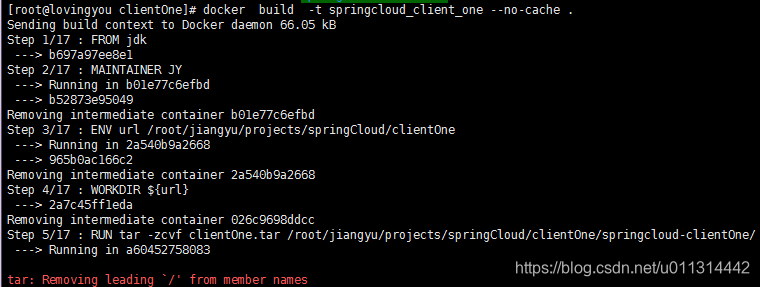









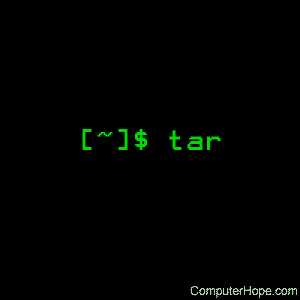

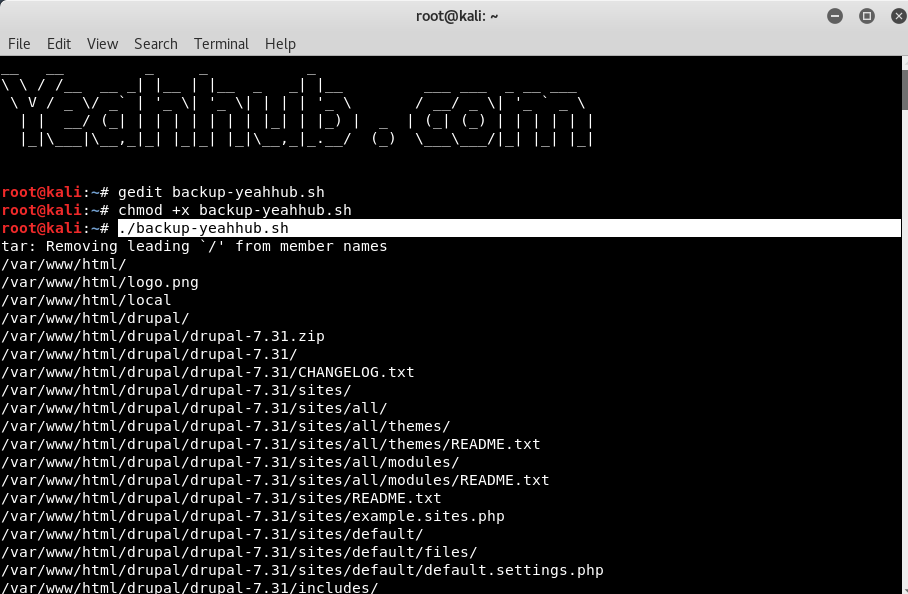




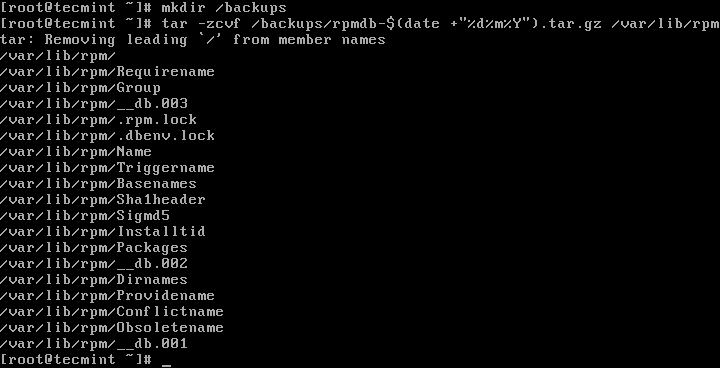


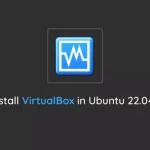


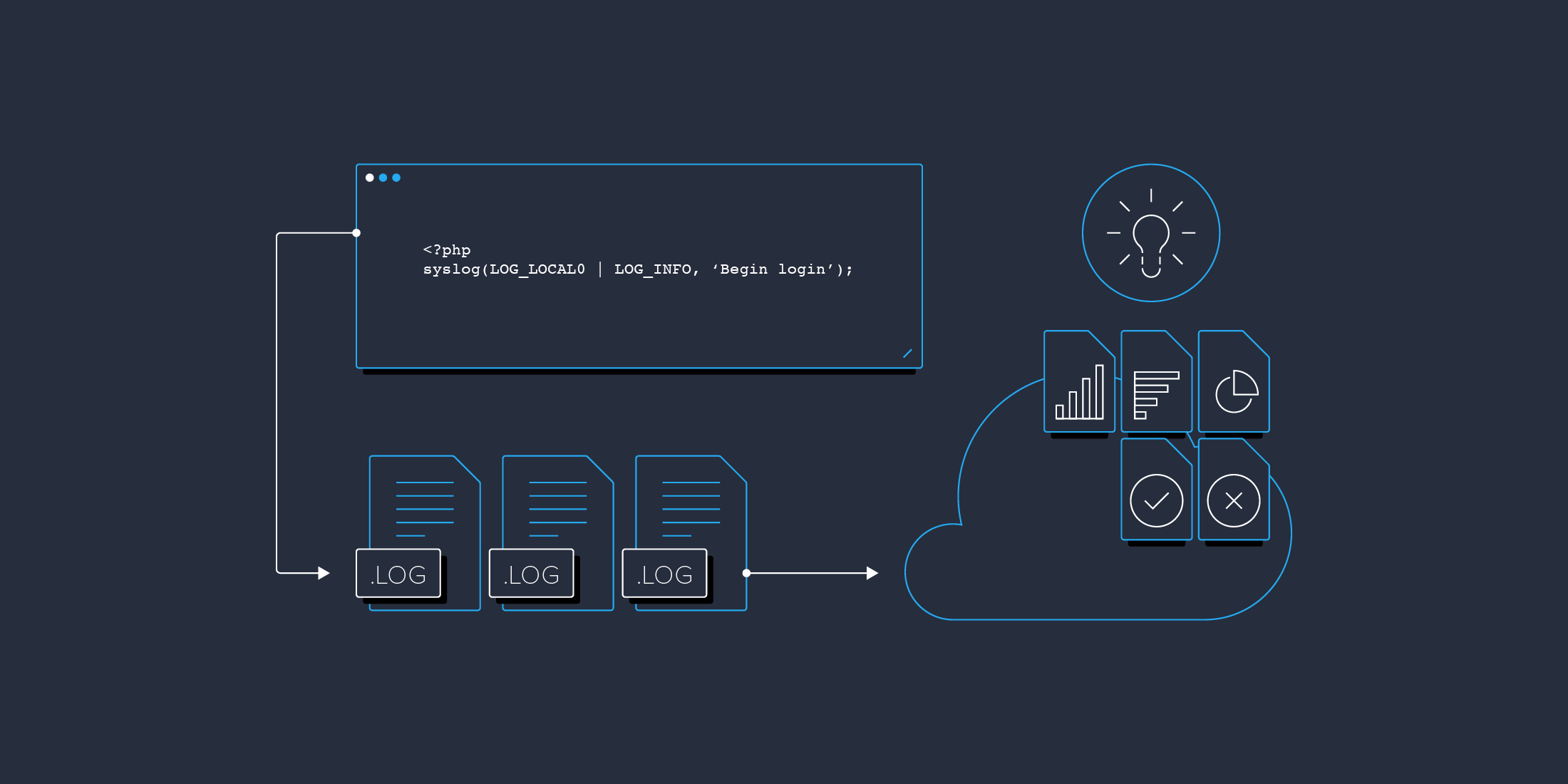


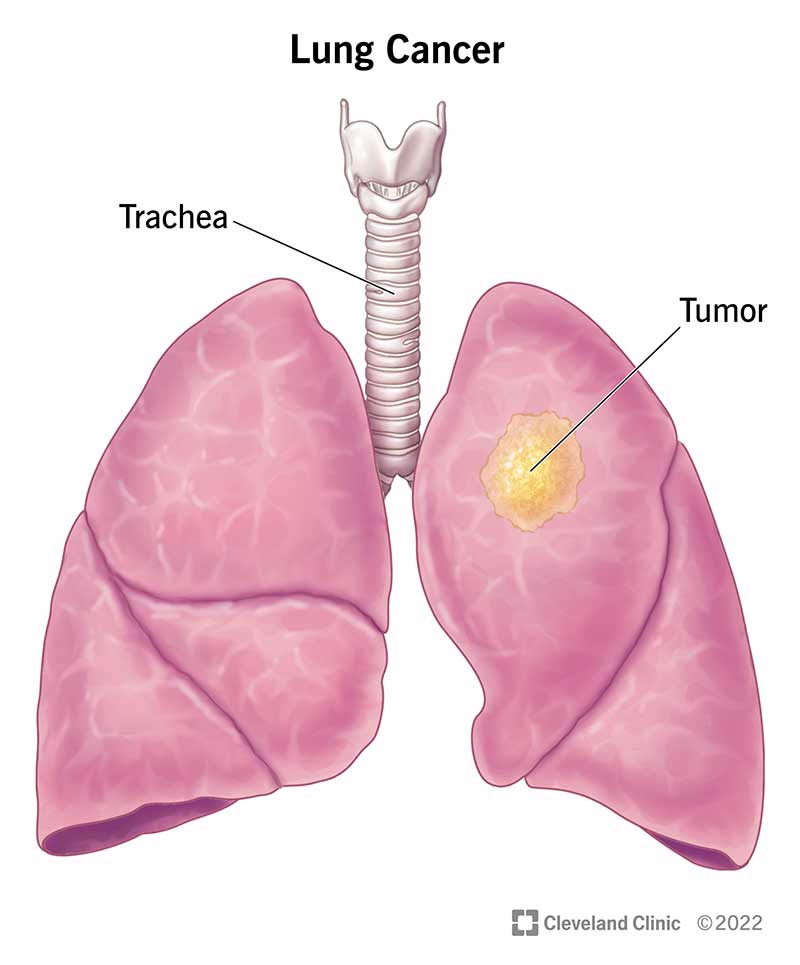
Article link: tar removing leading from member names.
Learn more about the topic tar removing leading from member names.
- tar: Removing leading `/’ from member names
- How to Fix “tar: removing leading `/’ from member names”?
- tar removing leading ‘/’ from member names – Stack Overflow
- How to Exclude Files and Directories When Creating a tar.gz File
- GNU tar 1.34: 6.10.2 Absolute File Names
- Tar Command in Linux/Unix with Examples – Javatpoint
- The Tar Command in Linux: Tar CVF and Tar XVF Explained with …
- Tar: Removing leading `/’ from member names – KodeKloud
- [tar] Removing leading ‘/’ from member names – SysAdmin.md
- kill the error message: ‘tar: Removing leading `/’ from member …
- tar: Removing leading `/’ from member names
- ‘tar: Removing leading ‘/’ from member names’
- Absolute Paths and Removing Leading Slashes With tar
See more: nhanvietluanvan.com/luat-hoc